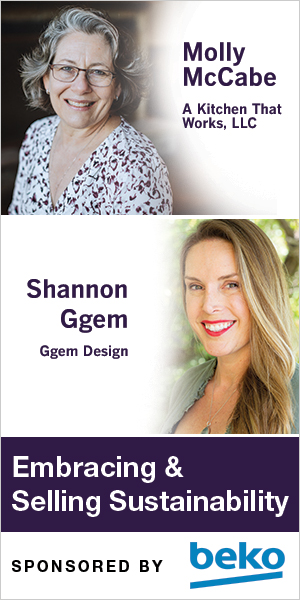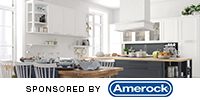Design for Small Spaces
Today’s homes come in all sizes, and depending on your geographic location, your clients may be working with less square footage than most. Empty nesters may be wanting to downsize after their children have flown the coop, and others looking to age in place desire less space that is more accessible. Depending on your level of experience working in these smaller spaces, there may be challenges you need to learn to overcome, and there is always “room” to learn more.
Key Takeaways
– Learn how to achieve all your clients’ goals in less square footage.
– Create a checklist to find out what they truly need and eliminate what they don’t.
– Find out how to make spaces look and feel larger through innovative ideas.








